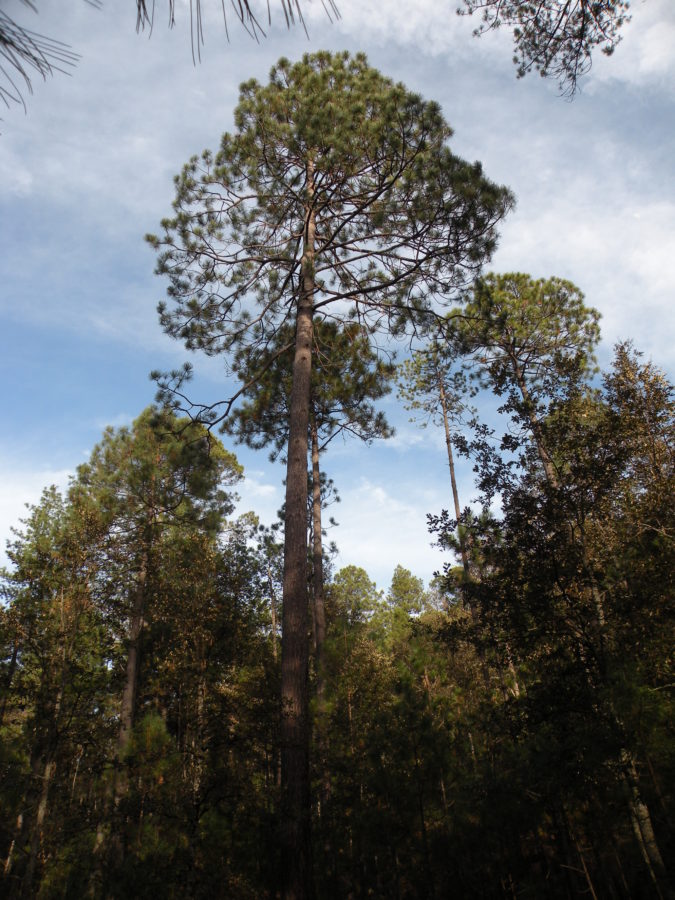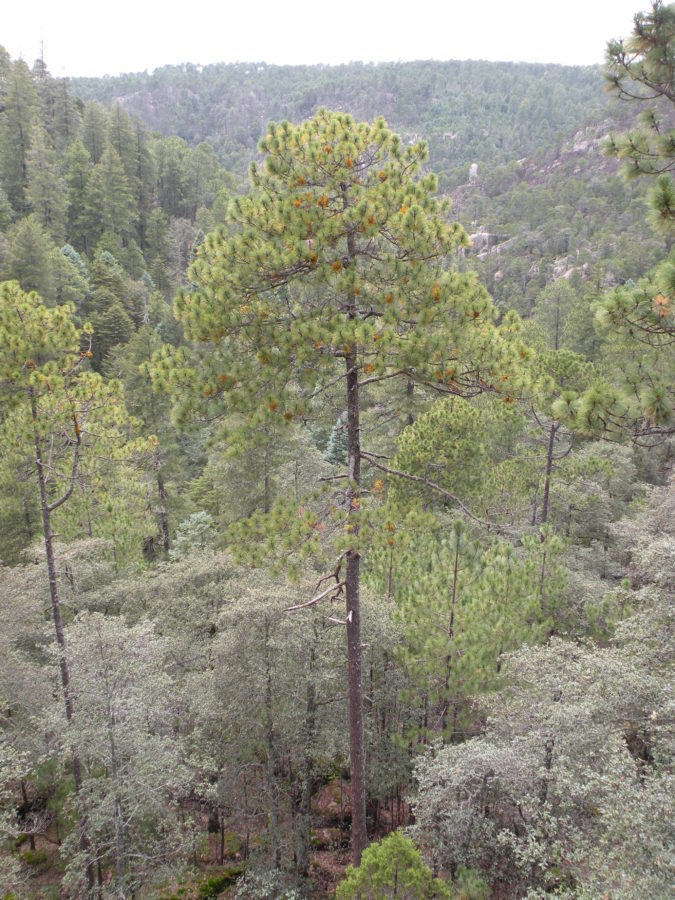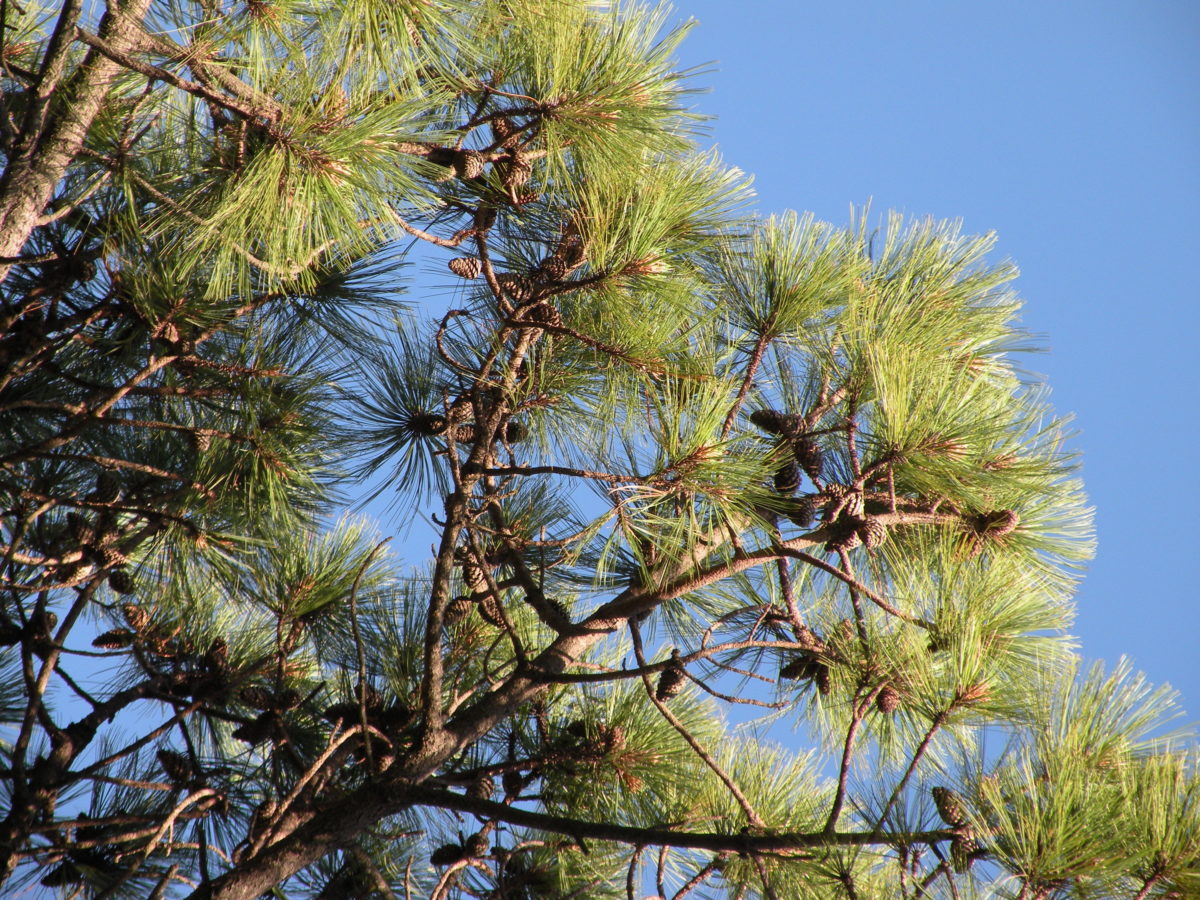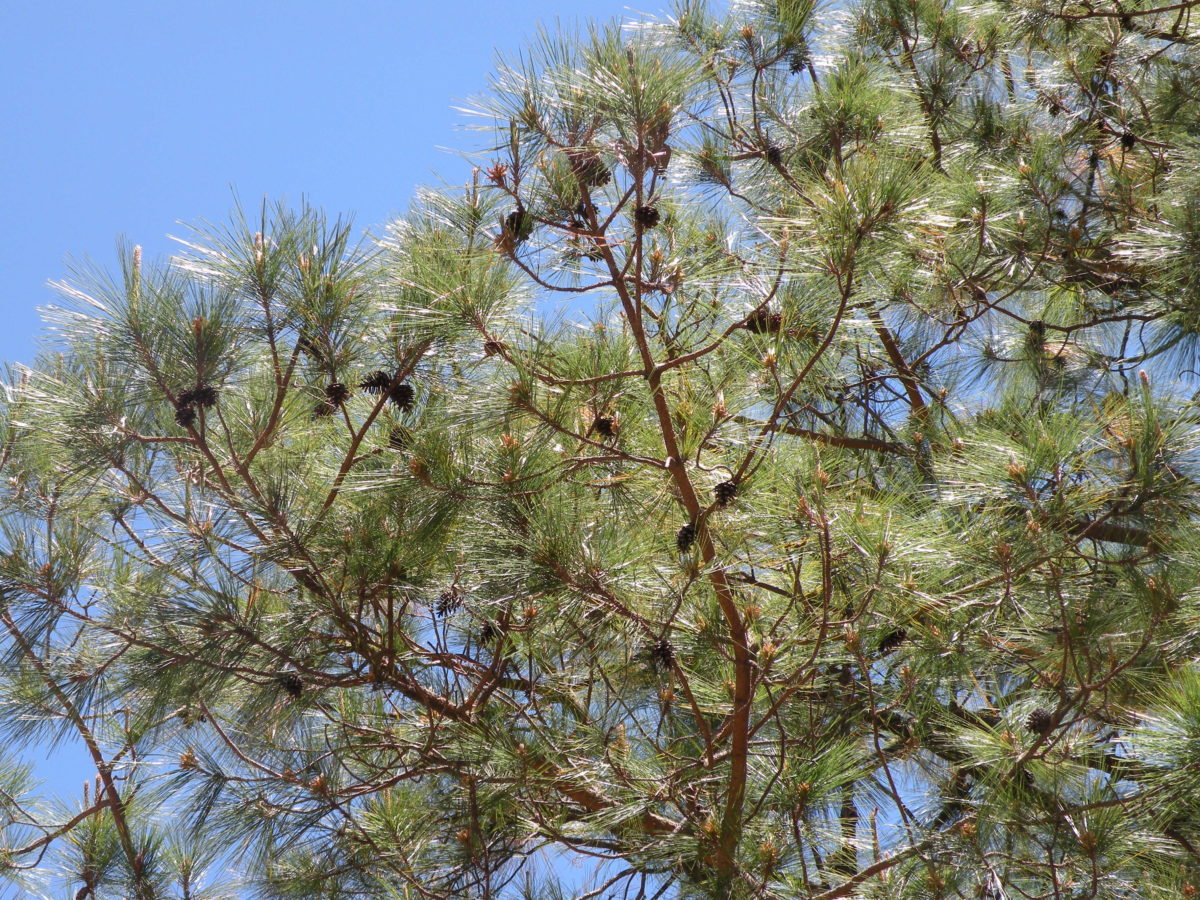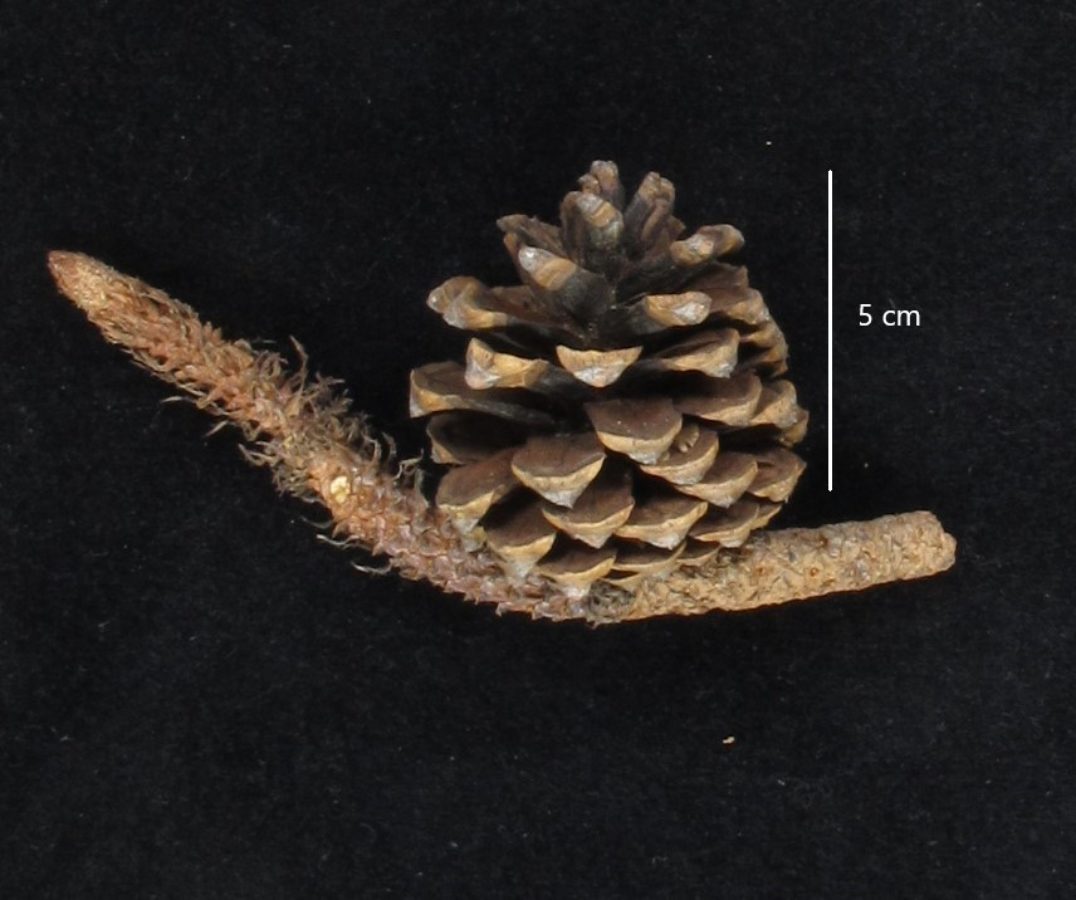Pinaceae
Pinus durangensis
An important timber species in the Sierra Madre Occidental of Mexico. Over exploitation is leading to a decline that could be sufficient to warrant a threatened category in the near future.
Human Uses
Durango Pine is an important timber tree. It grows straight and tall and is (or was) abundant and wide spread in many areas within its range. Logging from natural stands at the current rate is unsustainable and plantations are now being attempted in the state of Durango. Recommendations from recent research include "(i) establishing a tight network of seed stands,
with a maximum distance of 3–11 km between seed stands, to prevent greater loss of local genetic structure, and (ii) using these seeds to establish reforestations within a maximal radius of 3–5 km from seed provenances" (Hernández-Velasco et al. 2017).
The timber is used for construction such as roof beams, general carpentry, furniture, floors, and plywood.
References and further reading
- Carvajal, S. and McVaugh, R. 1992. Flora Novo Galiciana 17. Gymnosperms and Pteridophytes. University of Michigan Herbarium, Michigan, USA.
- Farjon, A. 2013. Pinus durangensis. The IUCN Red List of Threatened Species 2013: e.T42358A2974963. http://dx.doi.org/10.2305/IUCN.UK.2013-1.RLTS.T42358A2974963.en. Downloaded on 10 August 2017
- Farjon, A. and Styles, B. 1997. Pinus (Pinaceae). Flora Neotropica. Monograph 75. The New York Botanical Garden, New York.
- García A., A. and González E., M.S. 2003. Pináceas de Durango. Segunda Ed. Instituto de Ecología A. C. CONAFOR.
- Hernández-Velasco, J., Hernández-Díaz, J.C., Fladung, M., Cañadas-López, Á., Prieto-Ruíz, J.Á. and Wehenkel, C., 2016. Spatial genetic structure in four Pinus species in the Sierra Madre Occidental, Durango, México. Canadian Journal of Forest Research, 47(1), 73-80.
- Perry, J.P. 1991. The Pines of Mexico and Central America. Timber Press, Portland
